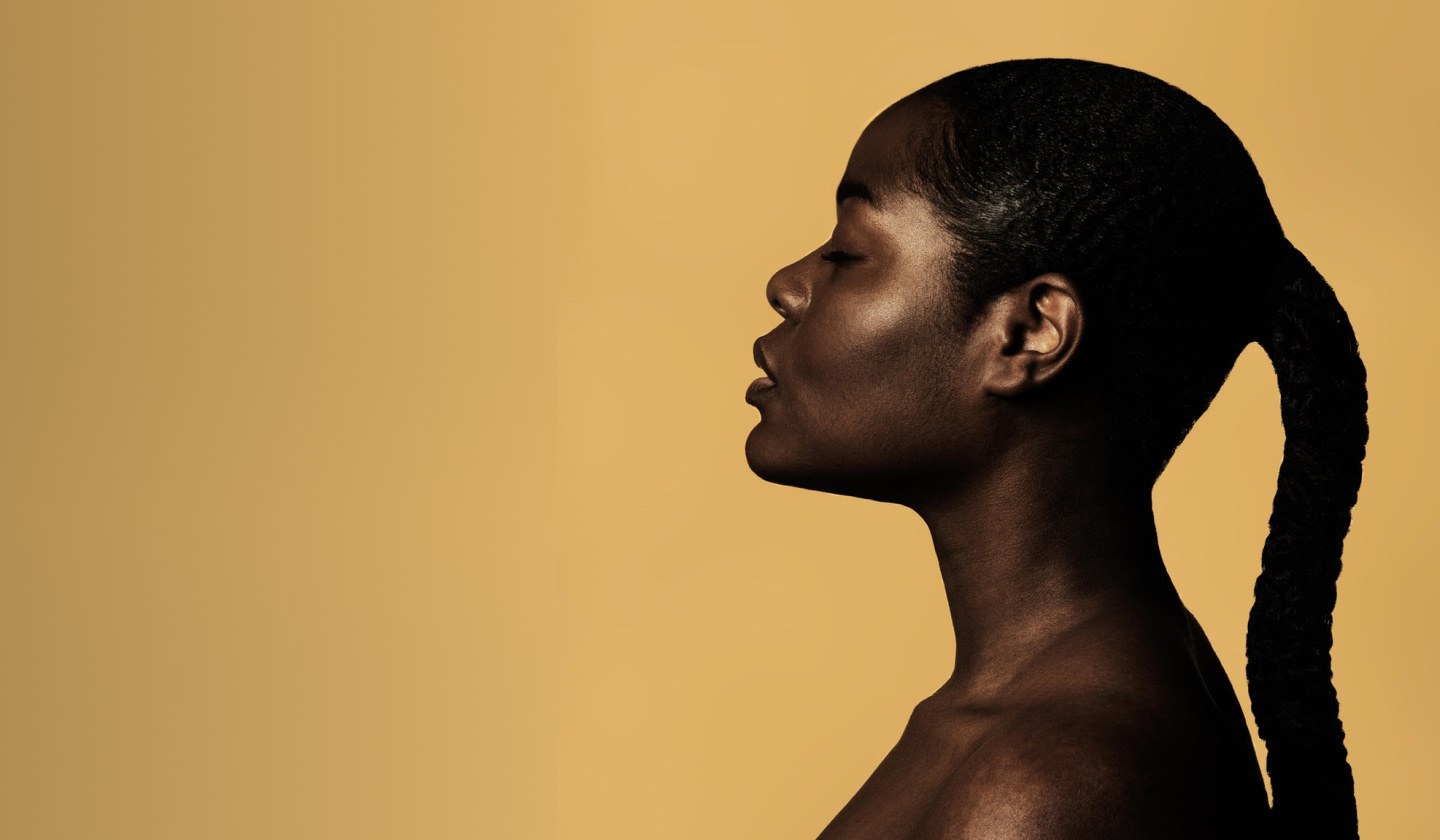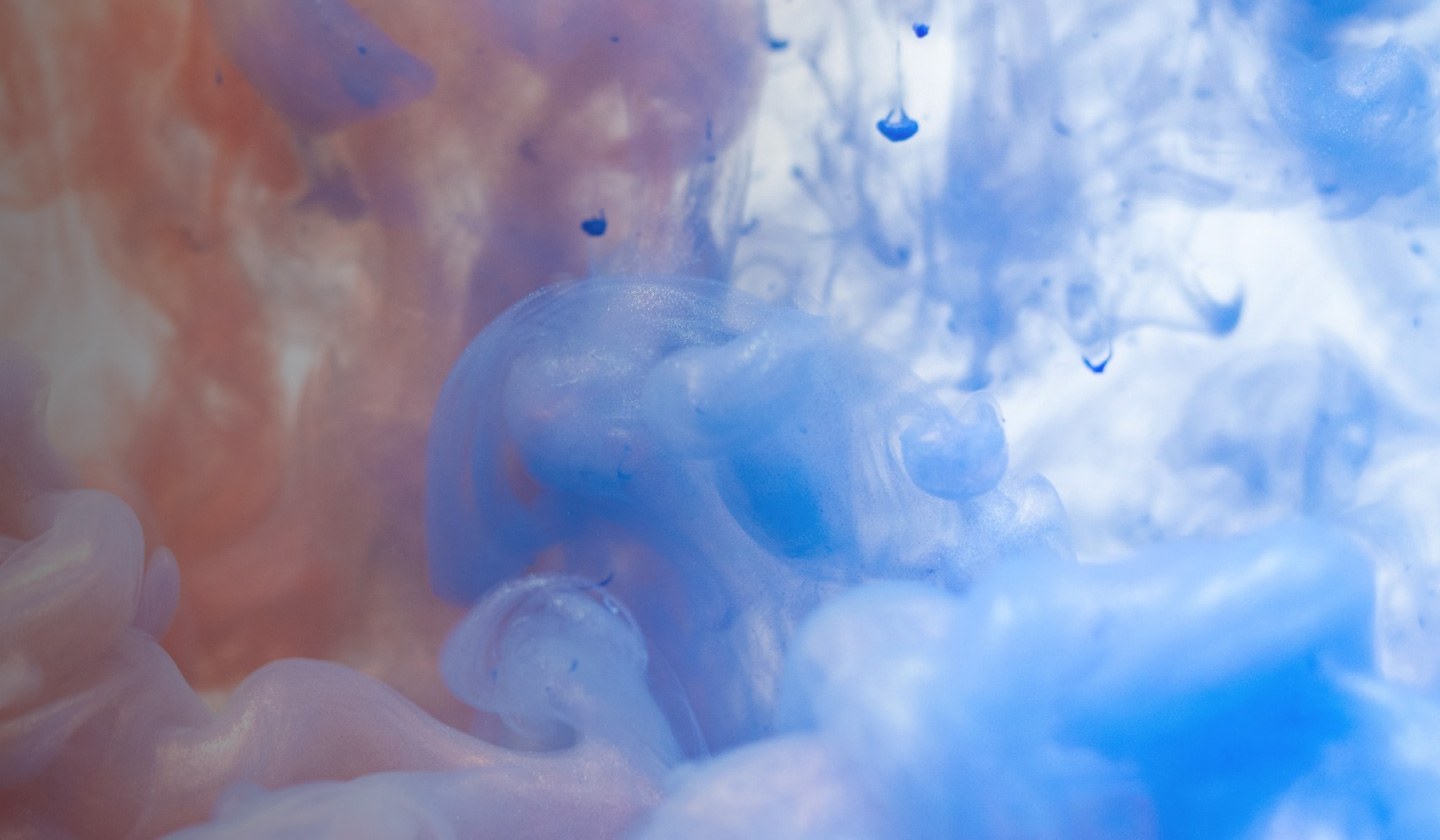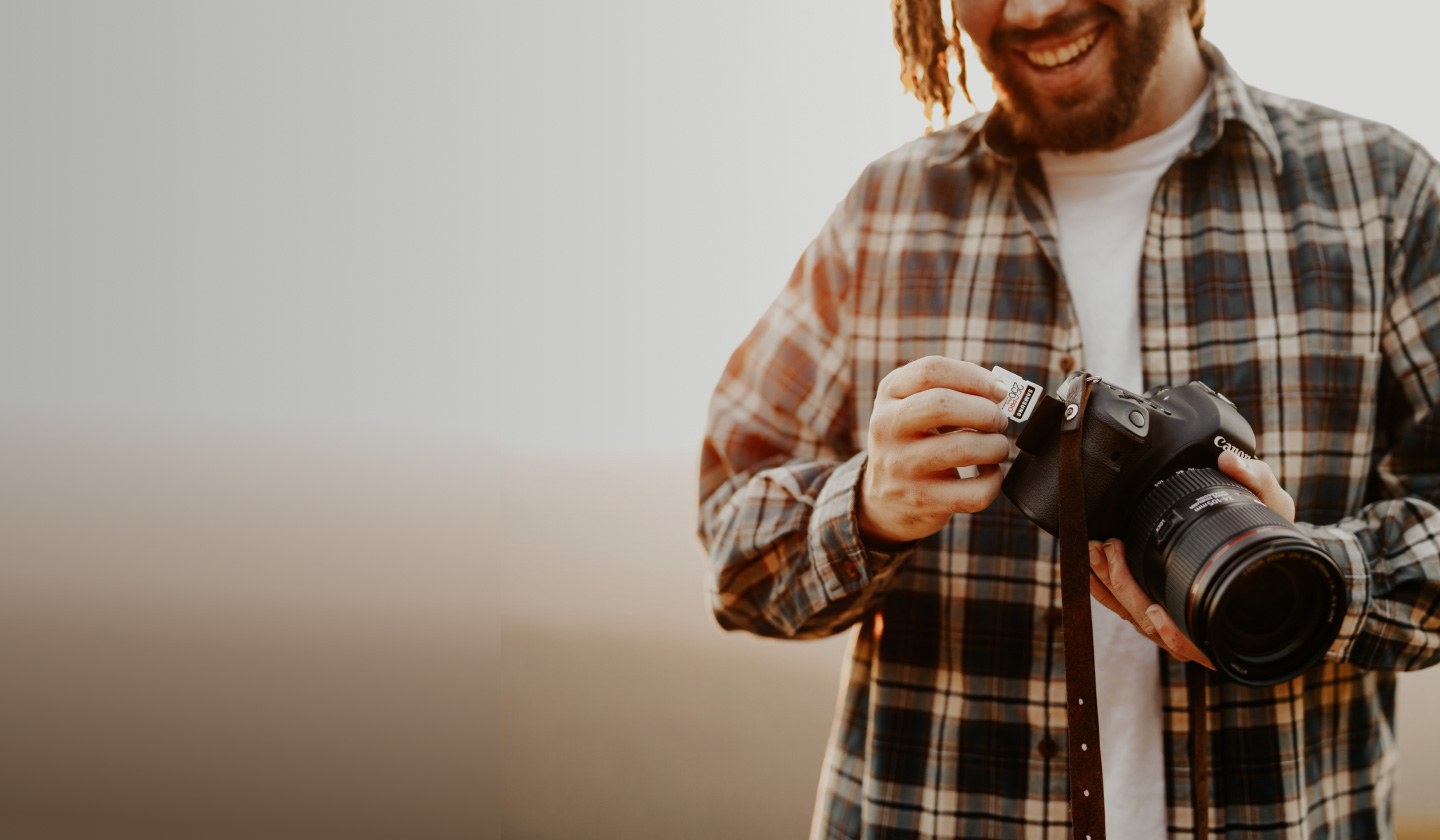Table of Contents
Unlocking the full potential of your camera goes way beyond just pointing and shooting. It’s about diving into manual mode, where the real magic happens. Manual mode lets you control every aspect of your shot, making pictures exactly how you want them. Whether you’re capturing stunning landscapes, getting the perfect exposure, or playing around with motion blur and depth of field, understanding manual mode is a game-changer. This skill opens up a world of creativity, allowing you to tweak light sensitivity, shutter speed, and aperture to get those amazing shots, even in tricky lighting like low-light photography.
In this guide, we’ll break down the basics of manual mode, covering essential camera settings like the exposure triangle, light meter, and composition rules. We’ll walk you through easy steps to mastering manual photography, whether you’re new to DSLRs or just learning how to take good photos with your phone. By the end of this article, you’ll be ready to explore the exciting world of manual photography, taking steps toward pro-level photos on your own.

Basics of Manual Mode
Understanding Your Camera
In manual mode, you take full control over the three main settings that determine the exposure: aperture, shutter speed, and ISO. Here’s a simple breakdown:
-
Aperture: This is the opening in the lens that lets in light. A wider aperture (lower f-number like f/1.8) allows more light to enter, while a narrower aperture (higher f-number like f/22) restricts light.
-
Shutter Speed: This is how long the camera’s sensor is exposed to light. A faster shutter speed (like 1/1000s) freezes motion, while a slower shutter speed (like 1/10s) can create motion blur.
-
ISO: This controls the sensor’s sensitivity to light. A higher ISO (like 1600) makes the sensor more light-sensitive but can introduce noise or graininess.
To get the right exposure, use your camera’s light meter, which tells you if your current settings will make your photo too dark, too bright, or just right. Adjusting the aperture, shutter speed, and ISO lets you achieve the perfect exposure and the creative effects you want.
Key Differences from Automatic Modes
In automatic modes, the camera chooses the best settings for you based on its built-in light meter. This can be convenient, but it sometimes doesn’t match your creative vision. Manual mode gives you complete control, letting you override the camera’s automatic settings.
With manual mode, you decide the relationship between aperture, shutter speed, and ISO, and how each setting affects your final image. This control lets you achieve specific artistic effects, like a blurry background or capturing motion.
Manual mode is especially useful in tricky lighting situations where the camera’s automatic settings might not work well. By taking control, you can ensure consistent results across a series of shots, which is crucial for certain types of photography like studio work or landscapes.
Essential Settings for Manual Mode
ISO: What It Does
ISO controls how sensitive your camera’s sensor is to light. A higher ISO, like 1600 or 3200, makes the sensor more sensitive, allowing you to take well-exposed photos in low light without using a flash. But be careful—raising the ISO too high can add unwanted grain or noise to your photos.
The lowest ISO value, usually 100 or 200, gives you the cleanest images with minimal noise. Use the lowest ISO that still gives you a good exposure based on your aperture and shutter speed settings.
Aperture Settings
Aperture is the opening in your lens that lets light hit the sensor. It’s measured in f-stops, with lower numbers (like f/1.8) meaning a wider aperture and more light, and higher numbers (like f/22) meaning a smaller aperture and less light.
Aperture also controls depth of field, or how much of your photo is in focus from front to back. A wide aperture (low f-stop) gives you a blurry background, great for portraits. A narrow aperture (high f-stop) keeps everything in focus, ideal for landscapes.
Shutter Speed Control
Shutter speed is how long the camera’s sensor is exposed to light when you take a photo. Faster shutter speeds, like 1/1000th of a second, freeze motion. Slower shutter speeds, like 1/30th of a second or longer, let more light in but can cause motion blur if the camera or subject moves.
In low light, a longer shutter speed might be necessary, but you’ll need a tripod to avoid blur from camera shake. Or, you can embrace the blur creatively, like when photographing flowing water or light trails.
White Balance Adjustments
White balance controls the color temperature of your photos. Proper white balance makes whites look white instead of yellow (from incandescent bulbs) or blue (from shade). Most cameras have preset white balance modes, but you can set a custom white balance for precise control.
To set custom white balance, take a photo of something white or gray in the same light as your subject. Use that photo to set the custom white balance in your camera.
Adjusting ISO, aperture, shutter speed, and white balance gives you full control in manual mode, letting you capture photos exactly as you see them.

Beginner-Friendly Steps to Manual Photography
Now that you know the basics, let’s dive into some easy steps to help you master manual photography. Follow these tips to take control of your camera and capture stunning images.
Start with Aperture
Aperture is a good place to start. It controls depth of field, or how much of your image is in focus from front to back.
-
For portraits, set your aperture to a low value like f/1.8 or f/2.4 to blur the background.
-
For group photos or scenes where you want more in focus, choose an aperture around f/4 or f/5.6.
-
For landscapes or scenes where you want everything in focus, use a higher aperture value like f/11 or f/16.
Adjust Shutter Speed Accordingly
After setting your aperture, adjust your shutter speed to control motion blur or freeze action.
-
For stationary subjects, use a shutter speed that’s the reciprocal of your lens’s focal length (e.g., 1/200th of a second for a 200mm lens).
-
For moving subjects like joggers, start with a shutter speed of around 1/250th to 1/500th of a second.
-
For fast-moving subjects like birds, use a shutter speed of 1/1000th of a second or higher.
-
If you want motion blur, like for flowing water, use a slower shutter speed like 1/15th of a second or slower.
Set ISO
With your aperture and shutter speed set, adjust your ISO to get the right exposure. Start with the lowest native ISO (usually 100 or 200) and check your camera’s light meter or histogram.
-
If your image is too dark, increase your ISO until you get a balanced exposure.
-
If your image is too bright, decrease your ISO or adjust your shutter speed or aperture.
In low light, you might need to increase your ISO to 1600 or 3200, but be aware this can add noise to your photos.
Check and Adjust White Balance
White balance ensures your photos have accurate colors. Most cameras have preset white balance modes, but you can set a custom white balance for precise control.
-
Take a photo of something white or gray in the same light as your subject.
-
Use that photo to set the custom white balance in your camera.
By following these steps, you’ll be well on your way to mastering manual photography. Practice makes perfect, so don’t be afraid to experiment with different settings until you get the hang of it.

Tips for Better Photos in Manual Mode
Experimenting with Different Settings
Mastering manual mode is all about practice and experimentation. Play around with different combinations of aperture, shutter speed, and ISO to see how they affect your photos. Try shooting the same scene with various settings to understand their impact on depth of field, motion blur, and image quality.
For example, take a series of shots with different aperture values to see how the depth of field changes. Start with a wide aperture like f/1.8 for a blurry background, then increase the f-stop to see more of the scene in focus. Experiment with shutter speeds to freeze or blur motion, and adjust the ISO to compensate for low light.
Using Cheat Sheets
Cheat sheets with recommended settings for different photography scenarios can be helpful starting points. These cheat sheets give you baseline settings for aperture, shutter speed, and ISO for various situations like portraits, landscapes, or action shots.
Remember, cheat sheets are guidelines. You may need to adjust settings based on the specific lighting conditions and your creative vision. Use them as a reference, but don’t be afraid to deviate as you gain more experience.
Practicing in Various Light Conditions
One of the toughest parts of manual photography is dealing with different lighting situations. Practice shooting in various light conditions, such as bright sunlight, low light, and mixed lighting.
Start in well-lit environments where you can easily control exposure settings. Once comfortable, move on to more challenging lighting situations, like shooting indoors or during golden hour. Pay attention to how light affects exposure and adjust your settings accordingly.
Don’t be discouraged if you struggle with certain lighting conditions at first. Low-light photography can be tricky, but with practice, you’ll learn to balance settings and capture stunning images even in challenging environments.
The key to mastering manual mode is consistent practice. Keep experimenting, refer to cheat sheets, and expose yourself to diverse lighting conditions. Over time, adjusting settings will become second nature, and you’ll capture photos that reflect your creative vision.
Conclusion
We've covered the basics of manual mode, from figuring out the exposure triangle to getting white balance just right. Switching from automatic settings to manual mode isn't just about learning new settings—it's about tapping into a whole new level of creativity in photography. The tips here are meant to help you feel confident and excited about taking control of your camera.
Manual photography can seem tricky at first, but it’s a fun way to really master taking photos. Getting to know your camera inside and out gives you amazing control and lets you create stunning pictures that show off your unique style. As you get better and more creative, remember that sharing your photos can be just as fun as taking them. If you have lots of pictures and want to build an online portfolio, check out Portfoliobox—it’s a top choice for creative pros. Follow these tips, and you’ll be all set to dive into the awesome world of manual photography, learning and growing along the way.
FAQs
-
What are the essential elements to manage when shooting in manual mode?
-
When using manual mode, balance the three elements of the Exposure Triangle: Aperture, Shutter Speed, and ISO. These control the amount of light reaching the camera sensor, allowing for complete control over your settings.
-
-
How can one practice shooting in manual mode?
-
Follow these steps:
-
Adjust the ISO by pressing the ISO button on your camera.
-
Set your aperture to control depth of field and light.
-
Focus your shot and check the exposure levels.
-
Set your shutter speed to capture the motion as desired.
-
Take the shot.
-
-
-
Which camera mode is recommended for beginners?
-
Beginners should start with Automatic Shooting Modes. The camera adjusts settings for a well-exposed image, which is helpful to start, but don’t rely solely on this mode as you learn more about photography.
-
-
What responsibilities does a photographer have in manual mode?
-
In manual mode, adjust the aperture to control light entering the lens and depth of field. Lower f-numbers mean wider apertures, allowing more light and affecting exposure and depth of field.
-






